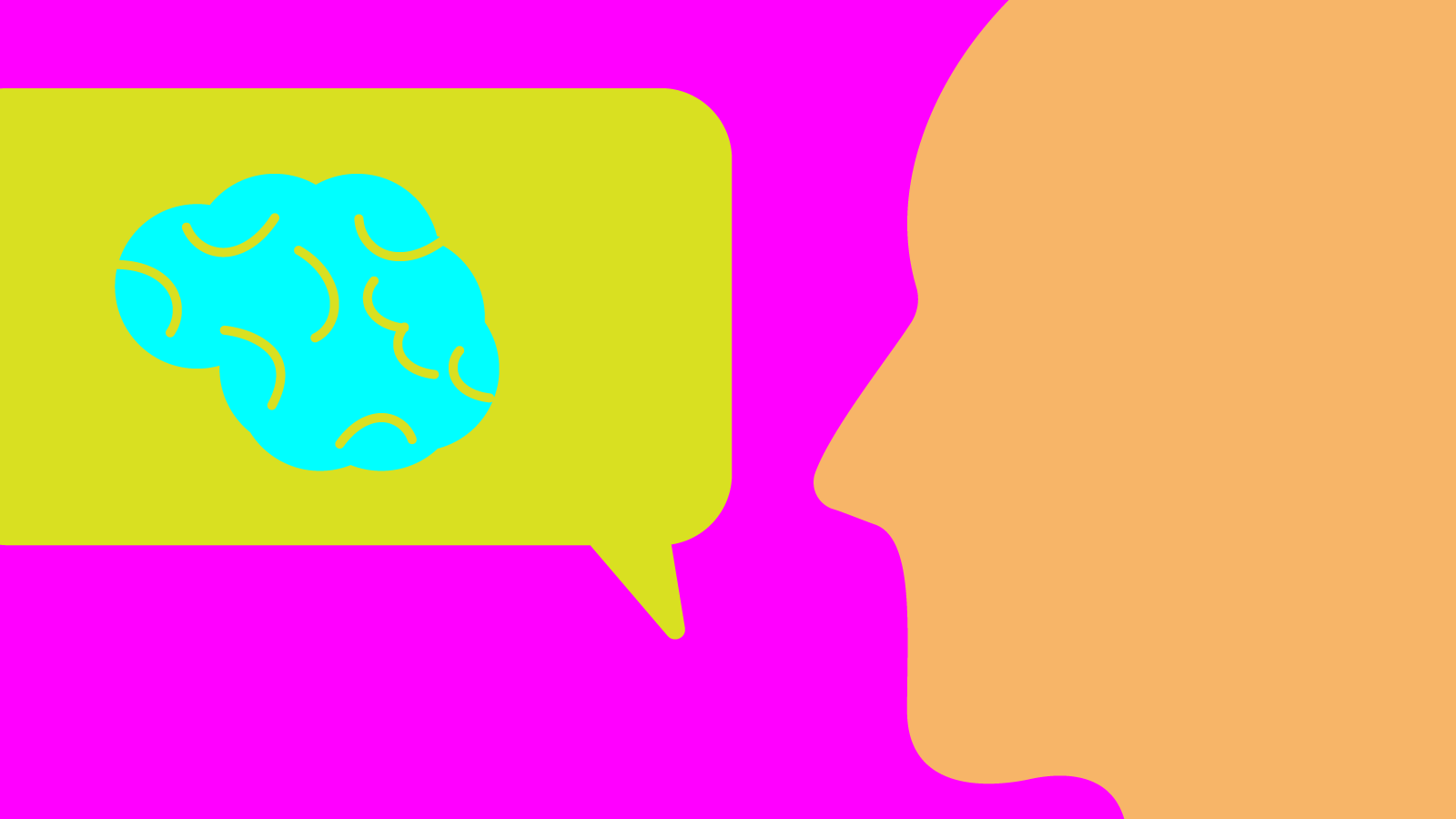
To diagnose depression, clinicians interview patients, asking specific questions—about, say, past mental illnesses, lifestyle, and mood.
Machine learning that can detect words and intonations associated with depression could help with diagnostics. But such models tend to predict depression from the person’s specific answers to very specific questions.
A new neural-network model developed at MIT can be unleashed on raw text and audio data from interviews to discover speech patterns indicative of depression. Given a new subject, it can accurately predict whether the individual is depressed without needing any other information about the questions and answers.
“The model sees sequences of words or speaking style, and determines that these patterns are more likely to be seen in people who are depressed or not depressed,” says EECS graduate student and CSAIL researcher Tuka Alhanai, SM ’14, first author on a paper presented at the Interspeech conference. “Then, if it sees the same sequences in new subjects, it can predict if they’re depressed too.”
This research could lead to tools to detect signs of depression in natural conversation. For example, apps that alert users to signs of distress in their text and voice communications could be useful for those who can’t get to a clinician for diagnosis because of distance, cost, or lack of awareness that something may be wrong. The technology could also help identify mental distress during casual conversations in clinical offices. —
Keep Reading
Most Popular
How scientists traced a mysterious covid case back to six toilets
When wastewater surveillance turns into a hunt for a single infected individual, the ethics get tricky.
The problem with plug-in hybrids? Their drivers.
Plug-in hybrids are often sold as a transition to EVs, but new data from Europe shows we’re still underestimating the emissions they produce.
What’s next for generative video
OpenAI's Sora has raised the bar for AI moviemaking. Here are four things to bear in mind as we wrap our heads around what's coming.
Stay connected
Get the latest updates from
MIT Technology Review
Discover special offers, top stories, upcoming events, and more.